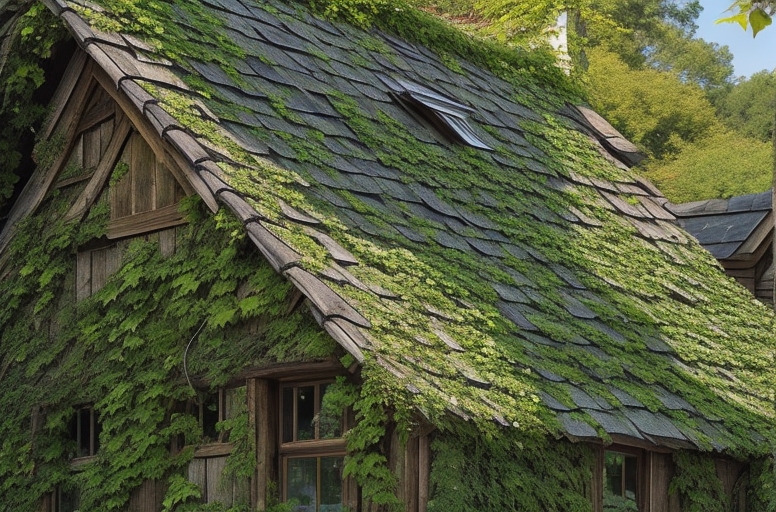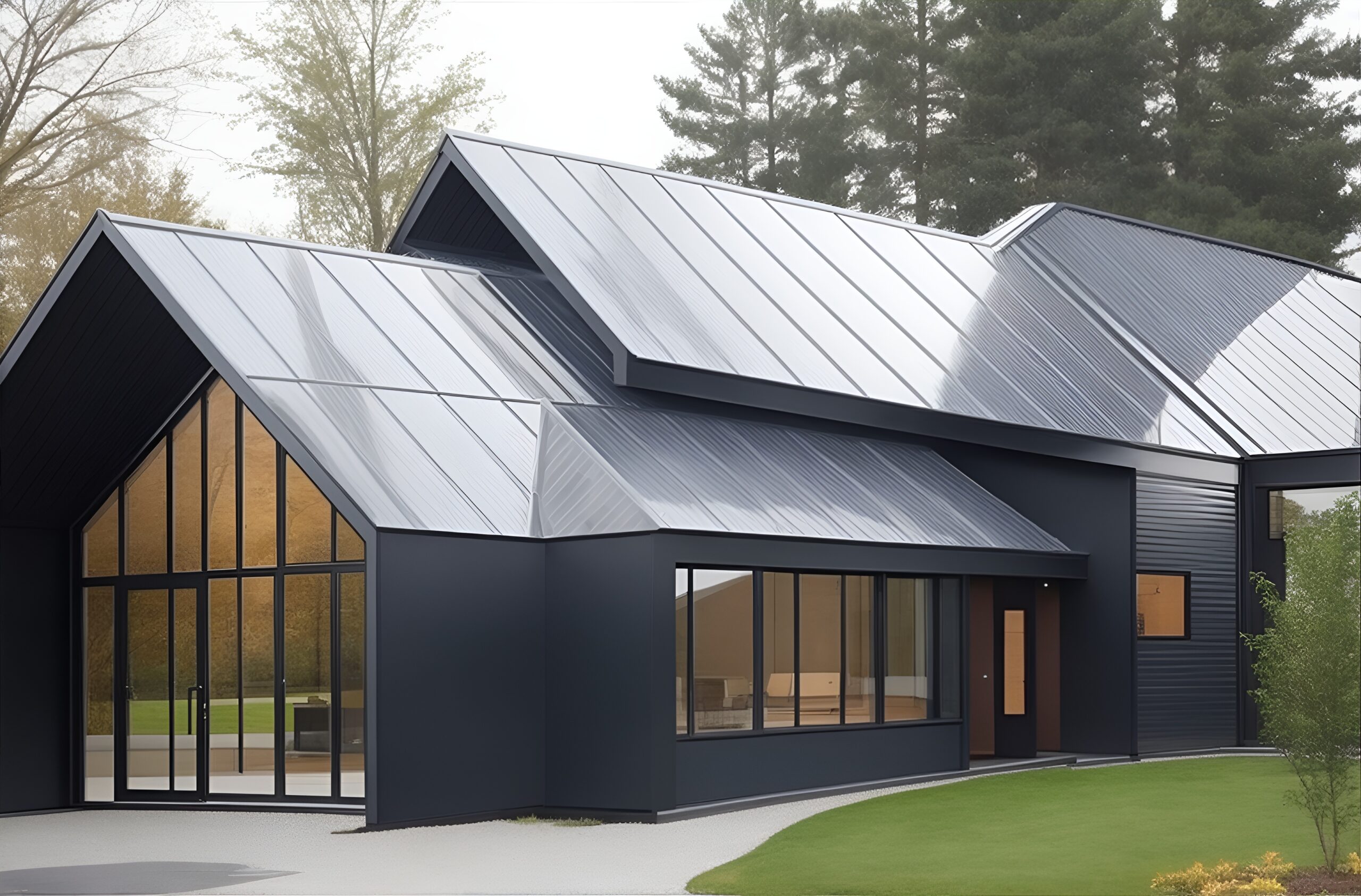The selection of a roofing material might seem like a daunting task, given the plethora of options available. However, it’s important to remember that the choice you make can significantly impact your roof’s durability and overall performance in relation to the climate you live in. Be it shingles or tiles, each roofing material presents its own set of advantages and considerations.
Before delving into the specifics of different roofing materials, it’s essential to grasp the profound influence that climate wields over your roof. The climate of your location plays a pivotal role in determining the extent of wear and tear your roof will endure over time. An array of factors, including temperature fluctuations, humidity levels, frequency of rainfall, the accumulation of snow, and the intensity of wind, all collaboratively contribute to the gradual deterioration of roofing materials. Hence, it becomes imperative to opt for a roofing material that is intrinsically equipped to withstand the unique challenges posed by your climate.
For instance, roofs exposed to scorching temperatures in arid regions confront the relentless assault of intense UV radiation and dramatic shifts between extreme heat and cold during nighttime. In contrast, roofs situated in colder climates grapple with the burden of supporting heavy loads of snow and enduring frigid temperatures. Coastal areas wrestle with the corrosive impact of saltwater exposure and heightened humidity levels. Similarly, regions experiencing regular rainfall necessitate roofing materials that effectively manage water runoff to thwart leakages and structural deterioration.
Shingles
Shingles stand as one of the most favored roofing materials due to their remarkable versatility and budget-friendly nature. This category encompasses an assortment of shingle types including asphalt, wood, and metal shingles. Asphalt shingles, in particular, garner widespread usage due to their affordability and relatively straightforward installation process. Nonetheless, it’s noteworthy that the longevity of these shingles varies in accordance with the quality and thickness of the chosen material.
encompasses an assortment of shingle types including asphalt, wood, and metal shingles. Asphalt shingles, in particular, garner widespread usage due to their affordability and relatively straightforward installation process. Nonetheless, it’s noteworthy that the longevity of these shingles varies in accordance with the quality and thickness of the chosen material.
When contemplating the selection of shingles, it’s pivotal to take into account the following factors. In locales characterized by erratic temperature fluctuations, such as regions experiencing sizzling summers and freezing winters, it is prudent to opt for shingles that possess exceptional thermal stability. This resilience aids in thwarting the development of cracks in the face of extreme temperature variations. Asphalt shingles, for instance, boast the ability to expand and contract harmoniously with temperature changes, rendering them an optimal choice for climates marked by significant temperature differentials.
Environments boasting elevated rainfall and humidity levels provide ideal conditions for the proliferation of algae and moss. To mitigate these issues, it’s recommended to select shingles equipped with protective coatings. These coatings act as a deterrent to the growth of these unwanted organisms, ensuring the integrity and longevity of your roof. It’s essential to prioritize regular maintenance practices, including periodic cleaning, to safeguard the roof’s condition and stave off moisture-related complications.
Tiles for All Seasons
The realm of roof tiles exudes timeless elegance and boasts exceptional longevity. These tiles come in an array of materials, including clay, concrete, and slate, each presenting a distinct array of benefits suitable for varying climates.
Renowned for their aesthetic charm and remarkable resilience, clay tiles offer a profound ability to endure even the harshest of weather conditions. Ideal for hot and dry climates, clay tiles leverage their high thermal mass to regulate indoor temperatures. These tiles possess the capacity to absorb heat throughout the day and gradually release it during the cooler hours, thereby facilitating a consistent and comfortable indoor atmosphere.
The versatility of concrete tiles lies in their capacity to imitate the appearance of various other materials such as wood or slate. Admired for their robustness, concrete tiles are particularly fitting for regions prone to heavy rainfall and persistent gusts of wind. The density of these tiles confers innate insulation properties, thereby rendering them adaptable to both hot and cold climates.
Revered for their exquisite aesthetics and impressive durability, slate tiles excel in colder climates besieged by freezing temperatures and heavy snowfall. The natural composition of slate tiles renders them impervious to water absorption and resistant to cracking, ensuring their structural integrity even in the face of challenging conditions.
Metal Roofing
 The contemporary allure and exceptional lifespan associated with metal roofing have contributed to its burgeoning popularity in recent times. Distinguished by its availability in diverse materials including steel, aluminum, and copper, metal roofing serves as a versatile option compatible with a wide spectrum of climates. However, it’s imperative to tailor your choice based on the specific environmental conditions you encounter.
The contemporary allure and exceptional lifespan associated with metal roofing have contributed to its burgeoning popularity in recent times. Distinguished by its availability in diverse materials including steel, aluminum, and copper, metal roofing serves as a versatile option compatible with a wide spectrum of climates. However, it’s imperative to tailor your choice based on the specific environmental conditions you encounter.
For individuals residing in coastal areas, the corrosive impact of saltwater exposure necessitates the selection of corrosion-resistant metals. Options such as aluminum or stainless steel serve as suitable choices, as they can effectively combat the adverse effects of salty air and high humidity prevalent in such regions.
Regions subject to substantial snowfall benefit from the inherent properties of metal roofs that enable the effective shedding of snow. Unlike other materials, the smooth surface of metal hampers the accumulation of snow, mitigating the risk of excessive weight burdening the roof’s structure and integrity. This shedding mechanism is pivotal in averting the potential catastrophe of a roof collapse.
The Role of Insulation and Ventilation
While the selection of the roofing material holds undeniable significance, it’s pivotal to acknowledge the pivotal roles insulation and ventilation play in preserving your roof’s longevity and performance, irrespective of the climate you reside in. The strategic placement of insulation serves as an efficacious mechanism for regulating indoor temperatures. This not only reduces energy consumption but also acts as a safeguard against the formation of ice dams, particularly pertinent in colder climates. Adequate ventilation assumes a paramount role in thwarting the accumulation of moisture, a precursor to detrimental outcomes such as mold proliferation and structural degradation.
In colder climates, optimal insulation practices contribute to the preservation of heat within your living spaces. Consequently, this minimizes heat loss through the roof and fosters a cozy indoor environment, thus translating to diminished heating expenses. In stark contrast, in warmer climates, strategic insulation impedes the infiltration of heat into your living spaces, thus maintaining an agreeably cool interior without excessive reliance on air conditioning.
Equally pivotal is the role of proper ventilation, which functions as a bulwark against moisture accumulation. This is especially significant in colder climates where effective ventilation hampers the formation of condensation, subsequently mitigating the peril of rot and mold development. In warmer climates, adept ventilation dissolves heat buildup, thereby deterring material deterioration and protracting the roof’s lifespan.